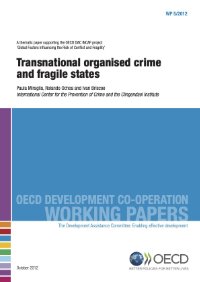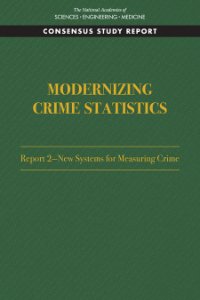By Chantal Marijnissen, Saskia Ozinga, Beatrix Richards and Sebastien Risso
By mid-2004, the European Commission is due to report back to the Council of the European Union with its proposals for implementing the EU Action Plan on Forest Law Enforcement, Governance and Trade (FLEGT) that it released in May 2003. FERN, Greenpeace and WWF welcome the Plan and aim, with this report, to provide further recommendations to EU policy makers that will assist their efforts to ensure its successful implementation. Given the stage of development of the FLEGT Action Plan, this report will focus primarily on criminal aspects of the timber industry. However, it is important to remember that much legal logging is also highly destructive – and that ultimately it is the issue of forest sustainability that needs to be addressed. As the environmental NGO community has repeatedly shown, the impacts of illegal logging on wildlife and human welfare are devastating. Illegal logging contributes to deforestation and loss of biodiversity; fuels civil wars and threatens international security through bribery, organised crime and human rights abuses; cuts tax revenue of producer countries; destabilises international markets and undermines both legitimate business and responsible forest management.
Brussels: FERN; Greenpeace European Unit; World Wildlife Fund, 2004. 38p.





















